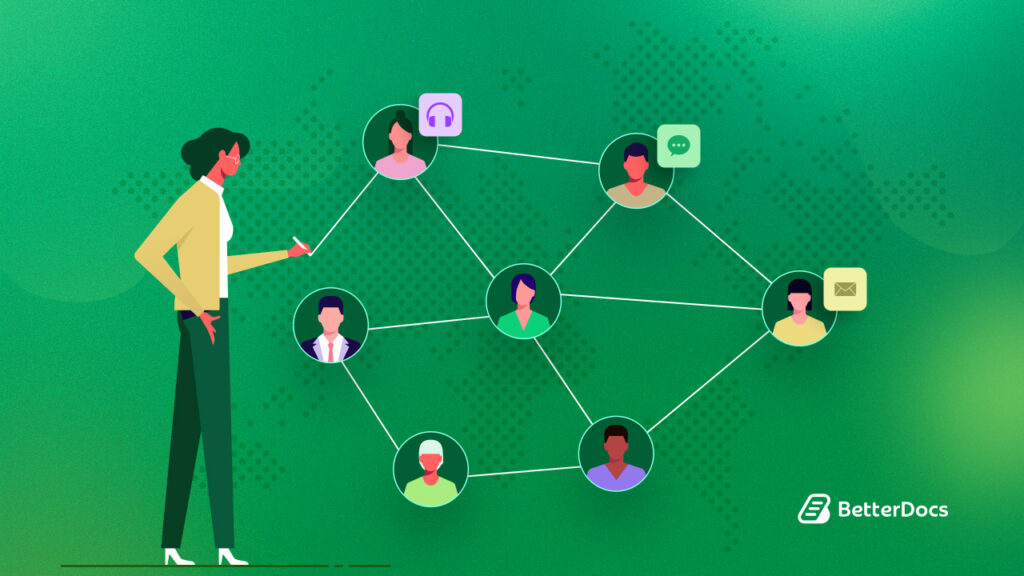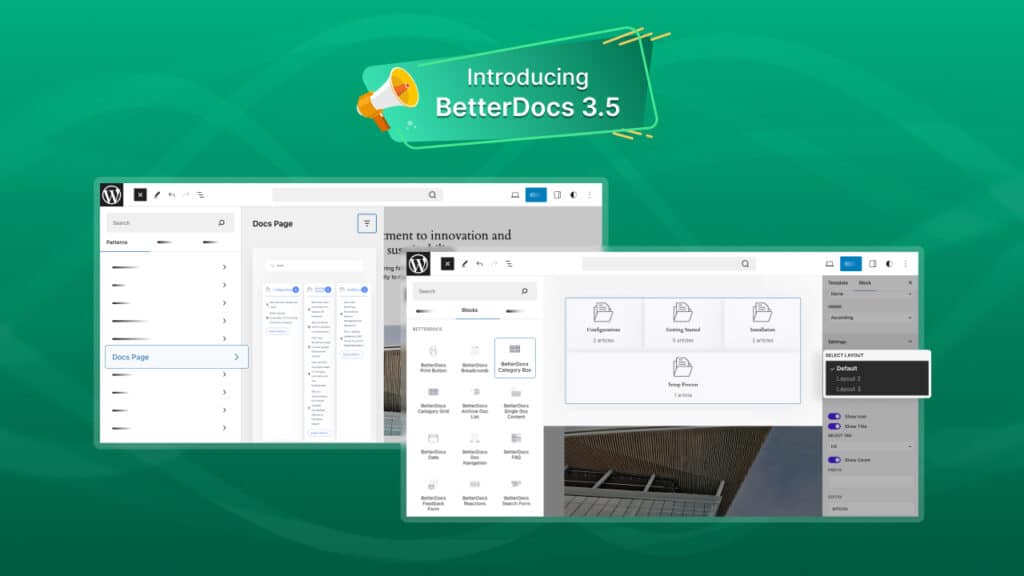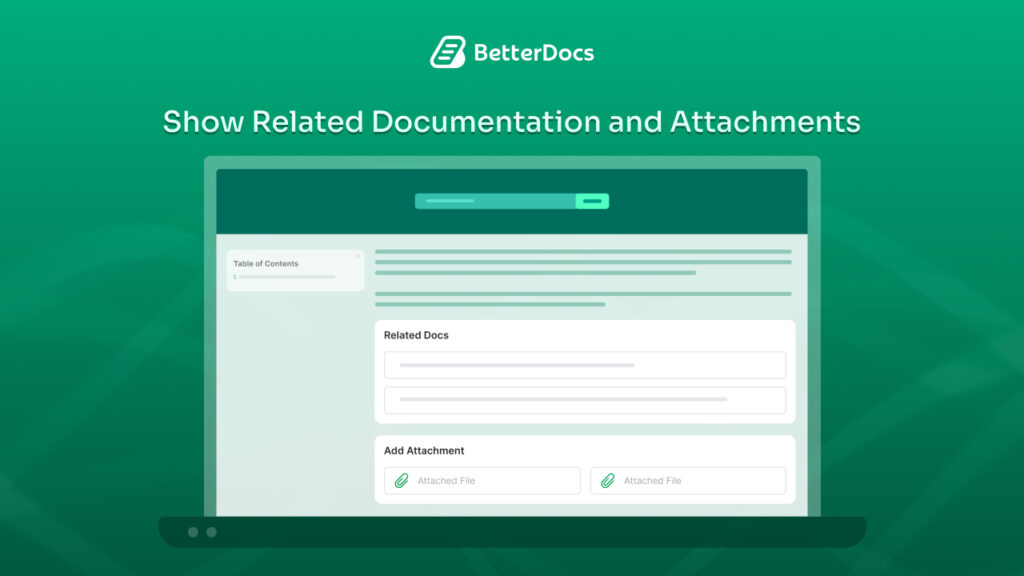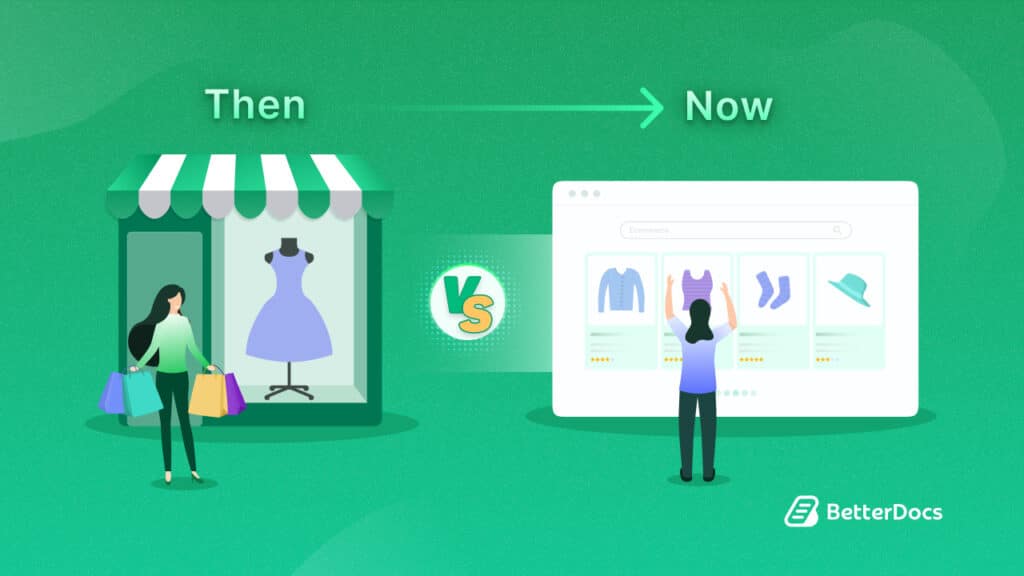If you’re planning to upscale customer satisfaction, key customer service metrics should be the first to be measured. Among thousands of key metrics, it’s not an easy task to pick up the most effective one. So to guide you, Today we are going to share with you 10+ key metrics that can help you visualize how well your customer service is performing.
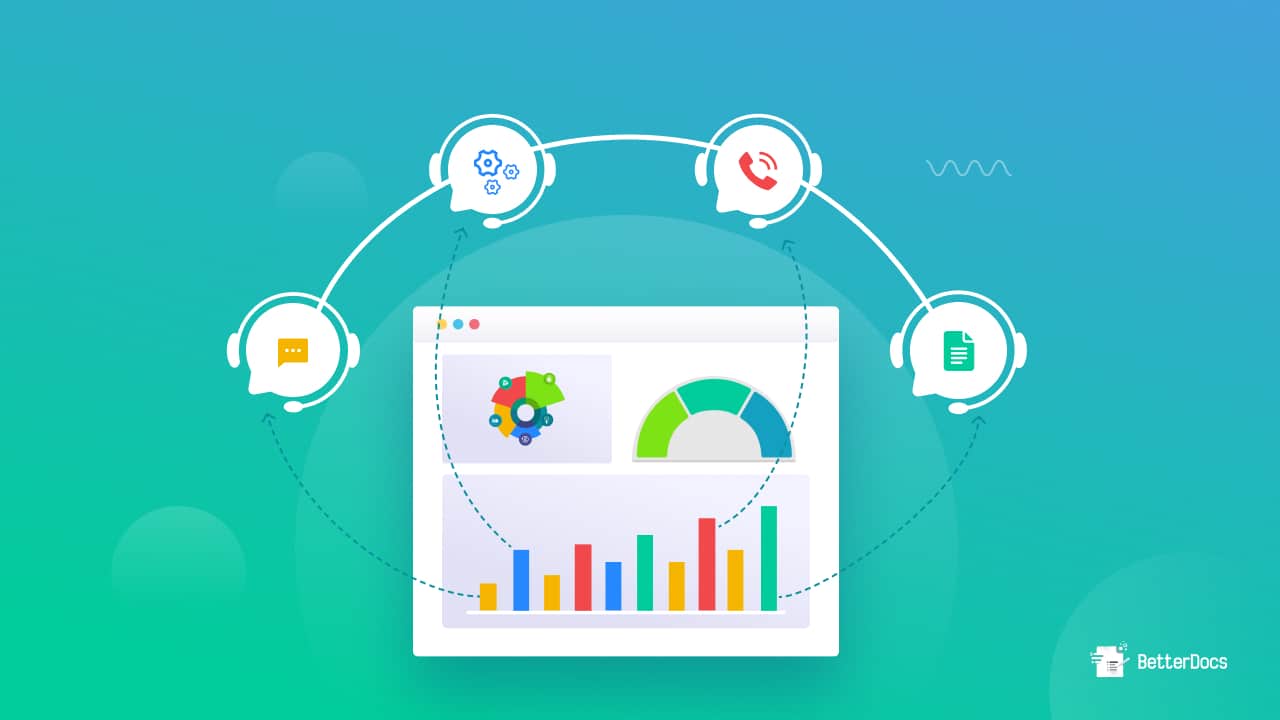
You can use data analytics to make better data-driven decisions and close the gaps when you use customer service metrics and key performance indicators (KPIs). Measuring customer service success provides unbiased numbers to gauge your success. Measurement is the only way to know where you are doing well and where you need to improve.
Is It Important To Measure Customer Service Metrics?
I think it’s a very legitimate question, when it comes to running your business, how important is it to measure customer service metrics alongside other sales matrices, supply chain matrices, etc. let’s check out the major benefits that you will get if you measure customer service metrics.
KPIs and metrics related to customer support are valuable because they provide insights into how businesses interact with customers behind the scenes. Even if you believe the service you are delivering is the best of the best, your customers may perceive it differently. 70% of consumers claim they prefer companies with great customer service.”
Aim To Enhance Customer Satisfaction
Customer satisfaction is a critical customer service metric that determines how happy your customers are with your service. Ultimately customer service is there to take care of customer supports, needs, etc. If the performance of the key customer service metrics goes good mean, customers are getting what they were deserving and that results in customer satisfaction.
Help To Increase Customer Retention
When your customers are satisfied with your service, they will choose your product or service for the next time since they feel valued here. Understanding customer service can help you increase customer satisfaction levels.

By aligning your products and services with your customers, you not only keep them happy but also become advocates for your brand.
Measure Your Team Performance
In order to achieve higher levels of customer satisfaction, there is a team that works hard and soul to raise the bar. The KPIs and metrics of customer service help your team measure how efficiently they respond to service requests. By identifying the gray areas of your team, you can design enhancement plans and schedule training sessions to improve customer service levels.
Presenting 10+ Key Metrics & KPIs To Measure Customer Service Efficiently
By continuously measuring and improving your customer support team performance, you can reach the bar of ultimate customer satisfaction and upscale your business growth. Check out these 10+ key customer service metrics and find out the most relatable one depending on your business criteria.
1. Customer Retention Rate (CRR)
The acquisition of new customers indeed enhances your brand image, however, retaining them over the long run shows your commitment to developing trust & loyalty. However, if you’re trying to measure your sales growth, it’s much easier to gain success from your old customers. A high CRR is a direct consequence of excellent customer service. The lifetime value of a customer increases significantly if you deliver consistent and predictable services.
The equation to measure CRR is:
Customer Retention Rate = ((CE – CN) / CS)) x 100
Where
- CE represents the number of customers at the end of the process,
- CN stands for new customers acquired during the process, and
- CS stands for clients at the beginning of the process.
* * * The higher the value will be, will indicate the higher customer support. This equation is provided by Jeff Haden.
💡 The Best Way To Increase:
Increasing retention rates is a top goal for every business, which is why it should be measured as one of the primary customer service metrics. Your customer retention analytics graph will directly increase with a positive brand image and high satisfaction score.
2. Customer Satisfaction Score (CSAT)
Customer satisfaction, also called happy customer key performance indicator (KPI), helps determine how satisfied a client is with your company, products, or services. By measuring customer service satisfaction, you can find out how they feel about your company and how to improve in the future. As a form of the customer satisfaction survey, you can directly ask your customers to rate their satisfaction across different communication channels such as live chat. Each customer response is averaged together.
To collect data for these customer service metrics here is some tips:
- You can provide a customer feedback form with 5 emojis (😁🙂😐😕☹️)
- Or you can encourage them to provide feedback on 0 to 10 scale
- Or ask them questions with Yes or No answers
The equation to measure CSAT is:
Customer Satisfaction Rate = (# of customers with highest satisfaction/ # of total customer survey) x 100
* * * The higher the value will be, will indicate the higher customer support.
💡 The Best Way To Increase:
A high CSAT score indicates a high level of customer satisfaction. Identify qualitative and quantitative feedback methods that will allow you to identify the areas that are working well and those that need improvement.
3. Customer First Response Time (FRT)
You will be surprised to know that, 59% of customers prefer brands that answer their questions in under a minute. So it is very crucial to respond back to your customer as soon as possible. The measurement of FRT helps you to realize how much you are giving priority to your customer issues, how efficiently your team is giving customer support, and so on. So here is the metrics equation to measure your customer first response time:
First respond time = Time Of First Response – Time Of Customer Request
* * * The less the value will be, that will indicate the higher customer support.
💡 The Best Way To Increase:
To improve response times, you either need to scale your support team or implement a chat bot. If your agents are busy or unavailable, chatbots can handle basic queries 24×7, reducing the number of support tickets raised and the amount of human interaction.
4. First Contact Resolution (FCR)
When you use the FCR performance indicator, you can see how well your agents comprehend and resolve problems without having to interact multiple times. Multiple interactions can occur if the issue is incorrectly identified and the solution is incorrect. Both lead to lost time and delay in resolving the problem.
So here is the method to measure this first contact resolution:

FCR = (Total Resolved Cases / Total Number of Cases) x 100%
In general, the higher your first contact resolution (FCR) rate, the more satisfied your customers tend to be. Your agent’s ability to resolve an issue on the first contact is a key factor for driving customer loyalty.
💡 The Best Way To Increase:
Every business needs to have a good first impression. FCR can be optimized by improving your customer service team’s communication skills and ensuring quality customer service. The first interaction itself can be improved by using live chat scripts and customer surveys.
5. Average Resolution Time (ART)
Customer satisfaction is always influenced by fast resolution. Clients expect a consistent support experience that is quick and efficient. Keeping your customers from leaving you at risk requires that you answer their queries in real-time. The average resolution time (ART) refers to the total time it takes to resolve a support ticket once it has been assessed. A shorter resolution time leads to higher customer satisfaction.
So here is the customer service metrics equation to measure your average resolution time:
Average Resolution time = Sum of all times of resolution/ Total number of cases resolved
💡 The Best Way To Increase:
The customer satisfaction level is high when the average resolution time is low. The best way to keep these customer service metrics low is by keeping a constant developer team with your customer support team. So that they can combinedly resolve the issues immediately.
6. Cost per conversation (CPC)
Finding out the percentage of customer support costs of your total revenue is one of the most important customer service key performance indicators (KPI). When you compare the support costs in terms of your revenue it helps you to evaluate how much your service efforts represent compared to your total revenue.
So here is the metrics equation to measure your cost per conversion:
CPC = Sum total support costs/ Total number of issues
*** The customer satisfaction level is high when the cost per conversion is low.
💡 The Best Way To Increase:
By having well-trained staff and adjusting the employee schedule in accordance with your business needs, support costs can be managed effectively. It is suggested to find out the key reasons and plan strategies if this customer service metric is unusually high because you can measure it over time and analyze your trend.
7. Average Conversion Rate (ACR)
This customer service metrics represents the percentage of visitors who successfully complete their actions on your website. Your growth-oriented campaigns will be more successful if your conversion rate is high enough. By answering customers’ questions at the time of sale, you can make the difference between a sale and a bounce. The Forrester report says that 44% of customers appreciate a website’s ability to offer support during their buying journey.
So here is the customer service metrics equation to measure your average conversion rate:
Conversion rate = (Conversions / Total visitors) * 100%
8. Customer Effort Score (CES)
Customer Effort Score (CES) is a customer service metric that measures how easy it is for a customer to do business with you via a CES survey. You can ask customers to evaluate their experience with your products and services. The customers will rate you on a scale of 1-5 based on how much effort it takes to complete a transaction, resolve a support issue, and otherwise interact with your company/product online or in person.
So here is the metrics equation to measure your average conversion rate:
(Total sum of responses) ÷ (Number of responses) = CES score
9. Net Promoter Score (NPS)
In order to gauge a company’s relationship with its customers, Net Promoter Score customer service metrics are commonly used. In addition to measuring your clients’ experience, it assumes your business will grow. Your NPS score will tell you how likely it is that your customers will recommend you to their friends and family. Customer NPS replies are less affected by the mood of the customer than customer CSAT, which aims for emotional responses, not the intent. An index on a scale of 1-10 can be used to determine your NPS score for the key question.
So here is the customer service metrics equation to measure your net promoter score:
NPS = %Promoters – %Detractors
💡 The Best Way To Increase:
As well as being an important loyalty metric, the NPS is also associated with business growth. Take advantage of every chance to grow your business and then your NPS score will be decreased.
10. Customer Churn Measure Metrics
A company or service may experience this when their subscribers or customers cease doing business with them. Despite being bad news, customer churn is nonetheless an important metric that should be tracked. The cost of acquiring new customers is much higher than that of retaining existing ones. As a result, losing customers can be disappointing. Every business should consider reducing churn as a priority. The time period you allocate for churn measurement will depend on your industry and the service offered.

If you want to calculate customer churn, then follow instructions from here.
💡 The Best Way To Increase:
Several factors can contribute to customer churn. If you want to get a general sense of why customers leave, look at all the metrics you collect about customer service and the responses you receive in surveys. Take the time to speak with irate customers to find out what is bothering them and attain better score is this key customer service metrics.
11. Ticket Backlog Metrics (TB)
Ticket backlogs are caused by a combination of factors – complexity, unexpected spikes in ticket volume, or poor performance by the team. In customer service, ticket backlog indicates a disconnect between targets and reality. You should either assess your team’s performance or address your staffing needs if your customer service team has a constant backlog of tickets. Or, simply, you should review your targets. You can evaluate your ticket nature by assessing Ticket Inflow and Ticket Distribution Reports or even by creating your own Custom Fields to include metrics specific to your business.
So here is the metrics equation to measure your ticket backlog:
(open tickets at end of day ÷ average tickets per day)*100 = daily ticket volume
💡 The Best Way To Increase:
Understanding the nature of your customer tickets will help you allocate resources appropriately and improve this customer service metrics. Do not overburden your support team and leave tickets unattended. Sometimes backlogs cannot be avoided. The ticket volume may have increased due to a new product launch or a website crash that caused the chatbot to crash resulting in a spike in email or social media tickets. Stay on top of backlogs with SLA targets and notifications that prevent escalations and late resolutions.
12. Abandoned Call Rates
Abandoned call rates are a major part of how to measure customer service satisfaction. Long queue time is one main reason why customers abandon. When customers have to wait for a long time to get in touch with the agent, it becomes frustrating for them.
Measuring this customer service metrics & KPI helps to implement the right strategies to deliver real-time proactive support to clients and improve their experience. Adding the service metric to your scorecard helps you spot if this is happening, so you can find out what’s holding your agents up.
So here is the metrics equation to measure your ticket backlog:
Abandoned call rate = (( Number of calls offered – Number of calls handled)/ Number of calls offered) * 100
💡 The Best Way To Increase:
Lower call abandonment rates mean higher customer satisfaction. Customer satisfaction is enhanced when you comprehend your customers’ expectations and provide the support that meets their needs.
Improve Customer Service By Making Data-Driven Decisions
Obviously, customer service metrics are not the only indicator to measure customer satisfaction & experience. When you start measuring those key customer service metrics, however, your company will grow more rapidly. Moreover, you will also be able to cultivate stronger relationships with your customers.
Have you enjoyed this blog? Then do share your thoughts and experiences with us by joining Facebook Community. Also, Subscribe to our blog to get these kinds of insightful blogs, tutorials, updates, etc.
